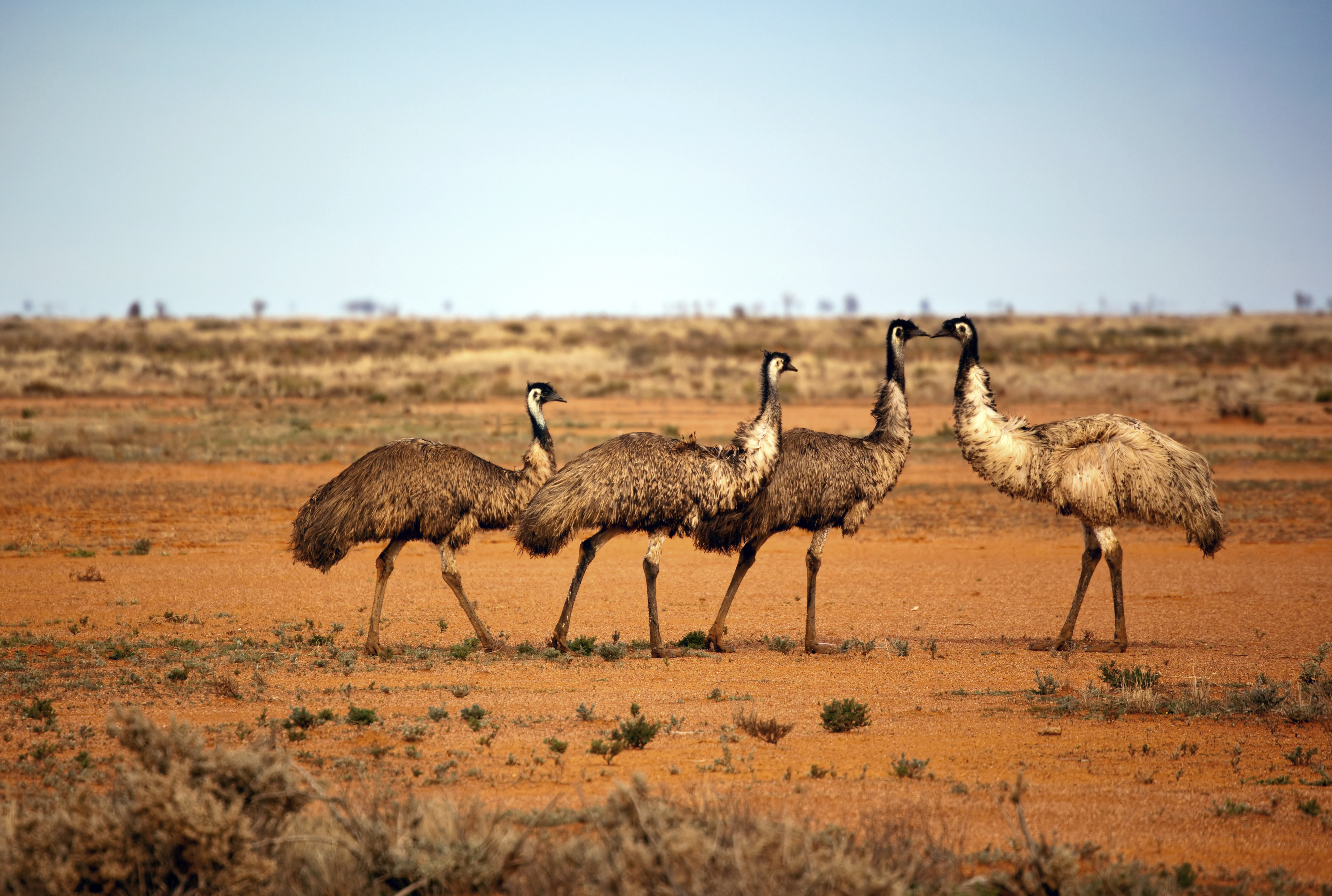
Aboriginal Cultural Heritage Laws in NSW
This factsheet explains how Aboriginal people in NSW can use the National Parks and Wildlife Act 1974 (NSW) to protect Aboriginal places or objects from harm or desecration.
Summary
Key takeaways
It is an offence to:
- knowingly harm or desecrate an Aboriginal object
- unknowingly harm an Aboriginal object
- harm or desecrate a declared Aboriginal place
- fail to notify Heritage NSW about the location of an Aboriginal object
However, these offences do not apply to certain activities or to Aboriginal people carrying out traditional cultural activities. A person also has a defence where:
- In relation to objects and places: the harm or desecration was authorised by an Aboriginal Heritage Impact Permit
- In relation to objects:
- The defendant exercised due diligence by complying with the Due Diligence Code of Practice for the Protection of Aboriginal Objects in NSW
- The act or omission which caused harm was of low impact
Key actions
There are a number of actions you can take if you are concerned that Aboriginal heritage is under threat, including:
- Propose an area of land to be declared an Aboriginal Place under the National Parks and Wildlife Act 1974 (NSW)
- Advocate for the Government to declare Crown land as an Aboriginal area.
- Nominate cultural heritage for State Heritage listing
- Have your say on Aboriginal Heritage Impact Permit applications
- Report concerns to Heritage NSW
- Apply to the Federal Government for a declaration under the Aboriginal and Torres Strait Islander Heritage Protection Act 1984 (Cth)





